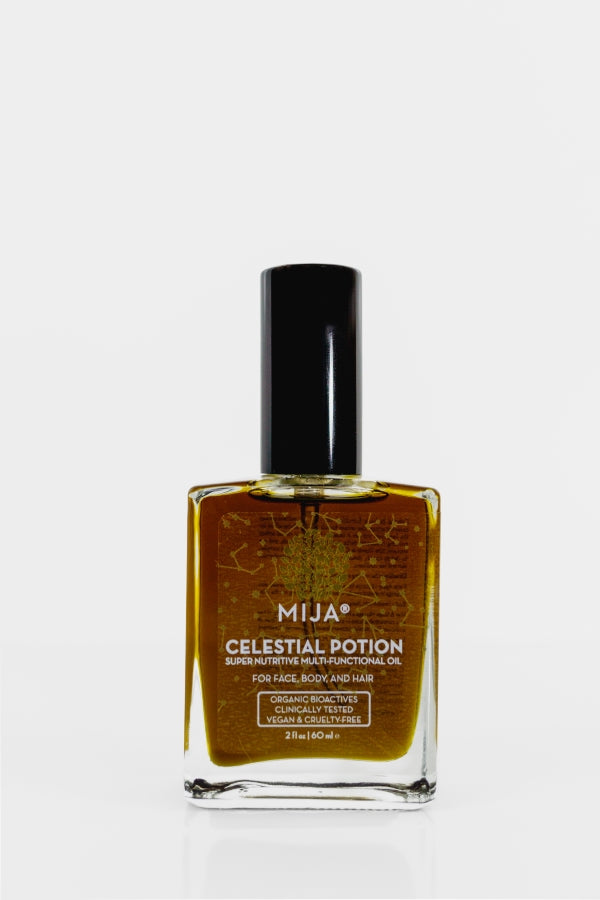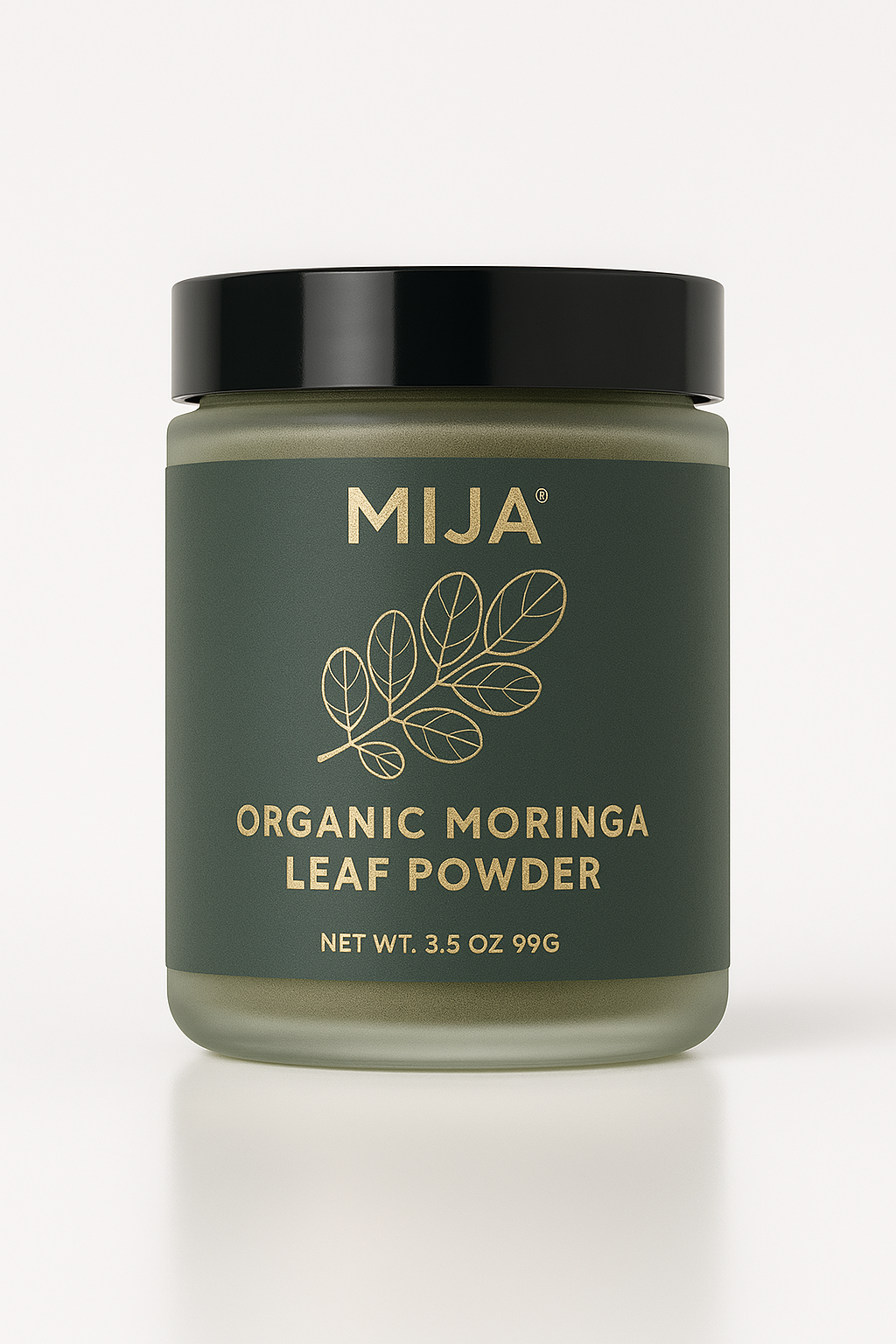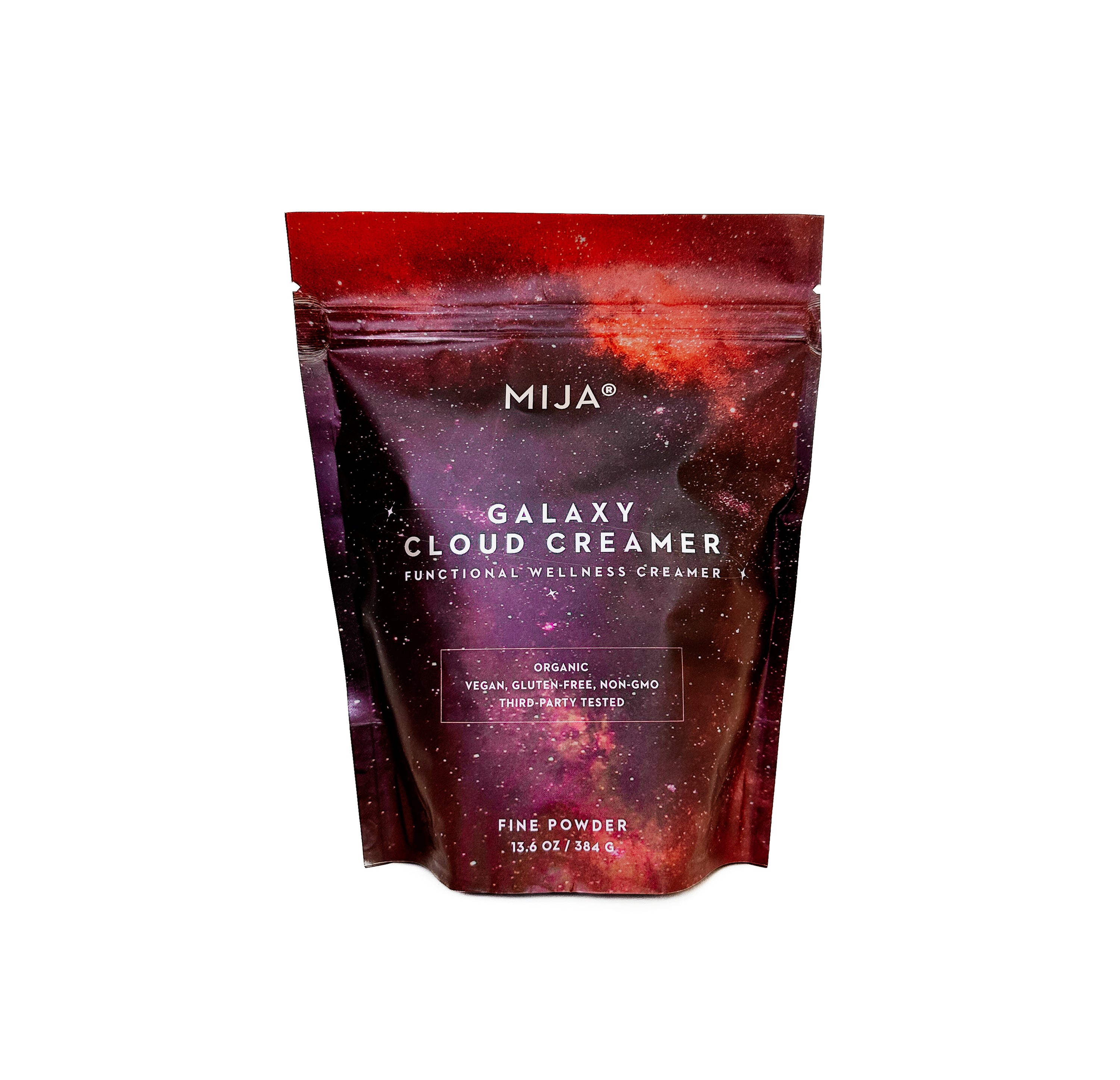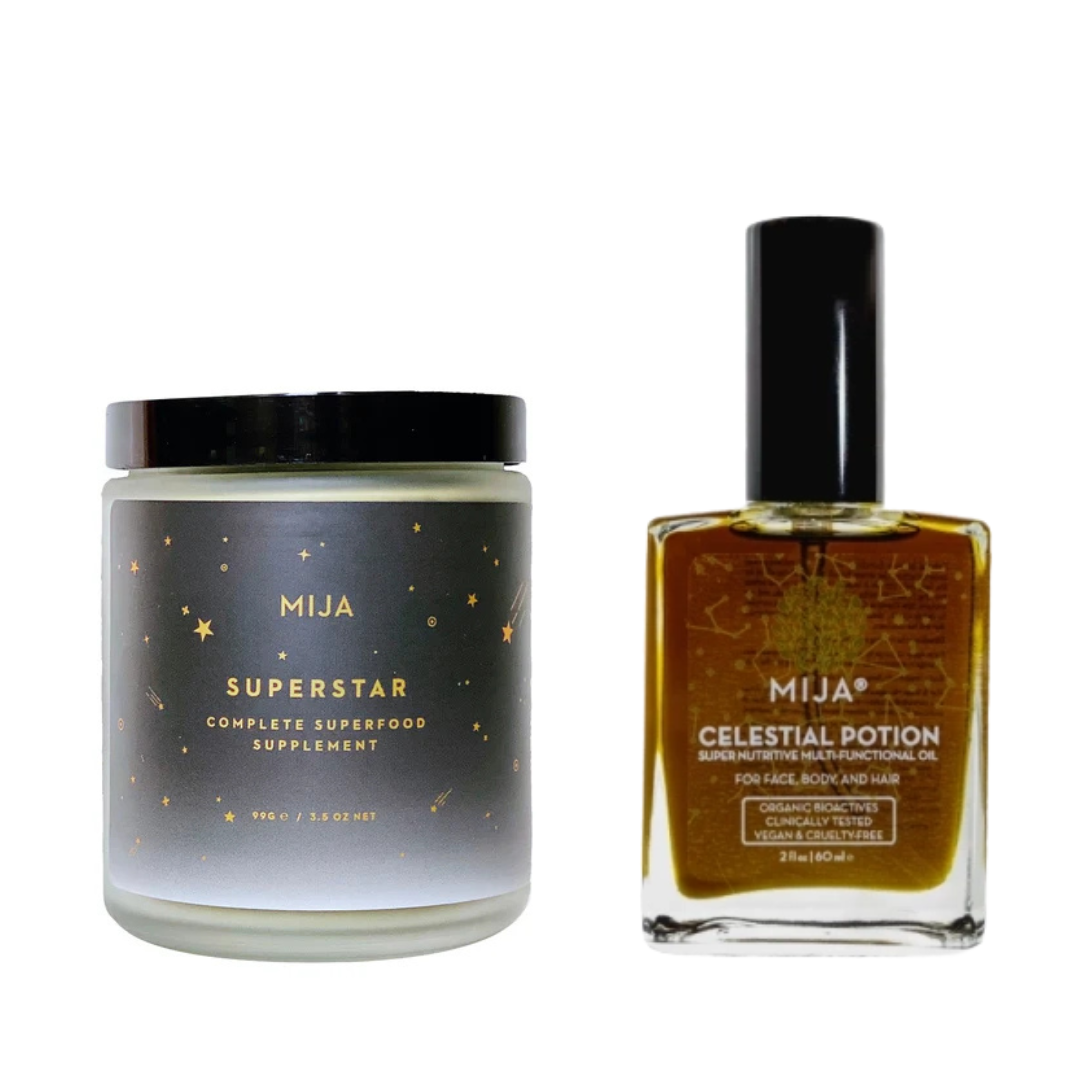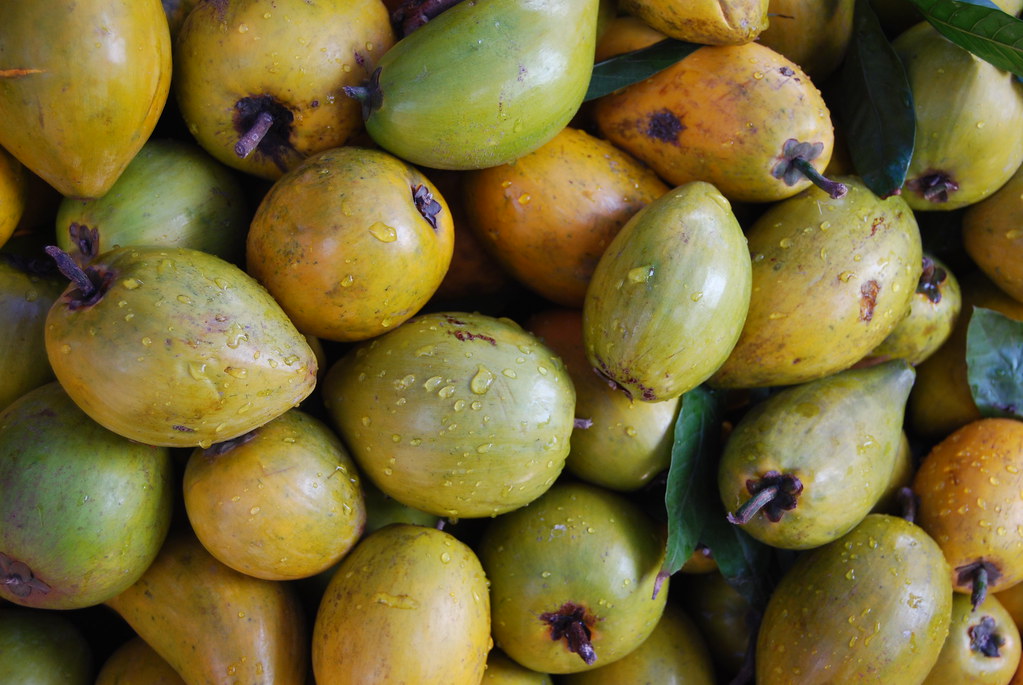

Lucuma: Why You’ll Love This Peruvian Superfood
 Despite the explosion of trendy acai bowls and new exotic superfoods in the mainstream, some powerful superfoods are still under the radar, like Lucuma. Lucuma is loved by many for its delicious taste and amazing health benefits.
Despite the explosion of trendy acai bowls and new exotic superfoods in the mainstream, some powerful superfoods are still under the radar, like Lucuma. Lucuma is loved by many for its delicious taste and amazing health benefits.
Here, we’ll explain what lucuma is, its benefits, and Why You’ll Love This Peruvian Superfood.
What is Lucuma?
Lucuma is a subtropical superfood native to the Peruvian highlands in South America, dating back to the ancient times of the pre-Incan Nazca and Moche civilizations!1 This fruit is known as the “Gold of the Incas,'' because of its vibrant golden coloring. It may look like a cross between a mango and avocado, but lucuma has a fragrant sweet flavor described as caramel or maple-like with notes of pumpkin.1
Lucuma is popular in South America and is used in a variety of products such as yogurt, ice cream, and even baby food.2 While fresh lucuma is hard to find outside of South America, you'll be happy to know we use freshly extracted lucuma in our Superstar.
What’s in Lucuma?
Lucuma is a nutritional treasure trove. It is a rich source of vitamins, minerals, fiber, antioxidants, and polyphenols. Most carbohydrates found in lucuma are complex carbohydrates, which provide energy, but don’t spike blood sugar levels. In addition, lucuma is a good source of fiber, contributing to a healthy gut. It contains several B vitamins like thiamin, riboflavin, and niacin, and vitamin C.3 And lucuma is a great source of iron, calcium, and phosphorus.3
Benefits of Lucuma
Although not given the spotlight as other superfoods, lucuma is just as worth its weight in gold with a variety of health benefits:
-
Antioxidant-Rich. Lucuma’s golden color comes from carotenoids, antioxidants that protect the body from oxidative stress.2 It’s also packed with over 12 different types of polyphenols,2 and has other antioxidants, like flavonoids and xanthophyll.1,2 Studies suggest lucuma reduces inflammation and the risk of chronic diseases.1,5,6
-
Helps Manage Blood Sugar. A study comparing a variety of Peruvian superfoods found lucuma can inhibit a-Glucosidase, a key enzyme that converts carbohydrates into glucose.5 Inhibiting it slows the digestion of carbohydrates, preventing spikes in blood sugar levels. The carbs in lucuma are mostly starch and fiber, which take much longer to digest than simple sugars.5,6
- Improves Blood Pressure. Research also suggests that lucuma may reduce high blood pressure and the risk of hypertension. The polyphenols protect the heart and improve blood pressure.1,2
Love it? SUPERSTAR contains lucuma in its all-star roster of superfoods.
Written by: RJ Hamilton, dietetic intern, and Reviewed by: Sarah Koszyk, MA, RDN.
References:
- Aguilar-Galvez, Ana, et al. “Metabolites, Volatile Compounds and in Vitro Functional Properties during Growth and Commercial Harvest of Peruvian Lucuma (Pouteria Lucuma).” Food Bioscience, vol. 40, Apr. 2021, p. 100882., https://doi.org/10.1016/j.fbio.2021.100882.
- Masullo, Milena et al. “Pouteria lucuma Pulp and Skin: In Depth Chemical Profile and Evaluation of Antioxidant Activity.” Molecules 26.17 (2021): 5236. Available: http://dx.doi.org/10.3390/molecules26175236.
- Yahai, E. M, and F. Guttierrez-Orozco. “Lucuma (Pouteria Lucuma (Ruiz and Pav.) Kuntze).” Postharvest Biology and Technology of Tropical and Subtropical Fruits Cocona to Mango, Woodhead Pub Ltd, Sawston, 2011, pp. 443–449.
- Afonso, Andrea F., et al. “Health-Promoting Effects of Thymus Phenolic-Rich Extracts: Antioxidant, Anti-Inflammatory and Antitumoral Properties.” Antioxidants, vol. 9, no. 9, Sept. 2020, p. 814. Crossref, https://doi.org/10.3390/antiox9090814.
- Pinto, Marcia Da, et al. “Evaluation of Antihyperglycemia and Antihypertension Potential of Native Peruvian Fruits Usingin VitroModels.” Journal of Medicinal Food, vol. 12, no. 2, 2009, pp. 278–291., https://doi.org/10.1089/jmf.2008.0113.
- Fuentealba, Claudia, et al. “Characterization of Main Primary and Secondary Metabolites and in Vitro Antioxidant and Antihyperglycemic Properties in the Mesocarp of Three Biotypes of Pouteria Lucuma.” Food Chemistry, vol. 190, 2016, pp. 403–411., https://doi.org/10.1016/j.foodchem.2015.05.111.


